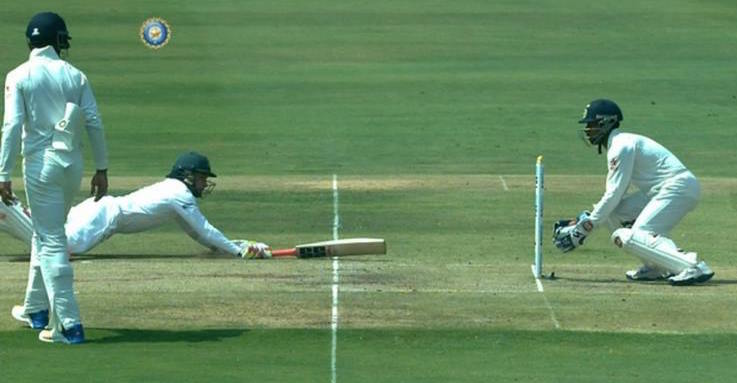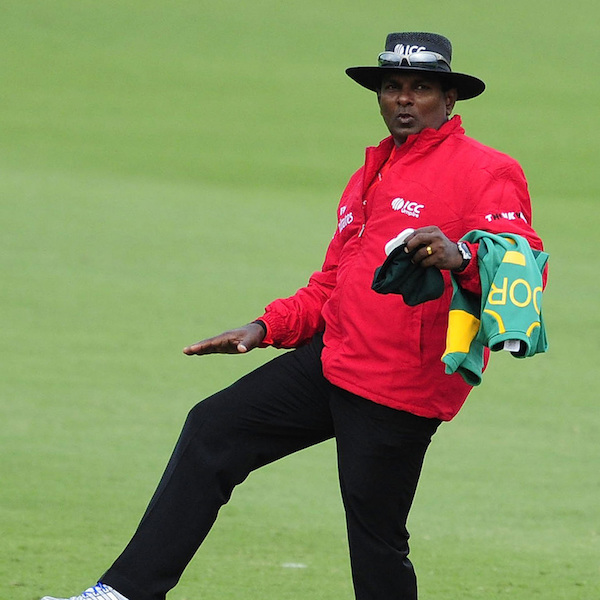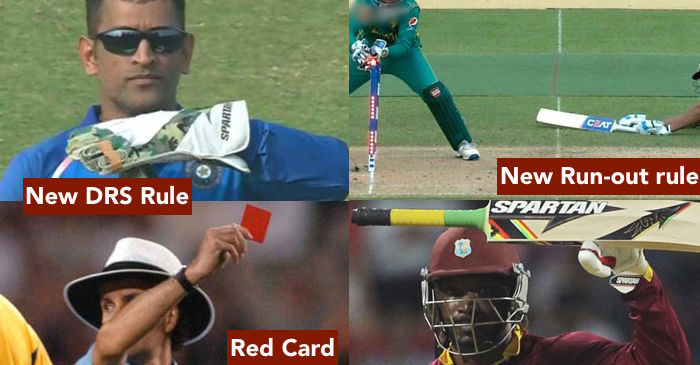The International Cricket Council (ICC) has introduced a set of new rules in the game of cricket which will be implemented from September 28.
The announcement was made on Tuesday by the ICC officials. The changes which are going to be implemented is related to the restrictions on bat thickness, amendments in Decision Review System (DRS) and certain powers given to the umpires to send players off the field for a disciplinary action.
All these new rules will come into effect from upcoming South Africa-Bangladesh and Pakistan-Sri Lanka Test series. However, the ongoing series between India and Australia won’t immediately have the new rules implemented and will be the last to play with the current rules.
Here is the list of new rules by ICC:
1. The thickness of bats has been reduced; edges will now be limited to 40mm and overall depth limited to 67mm.
2. Players can now be sent off the field by umpires for serious or violent misconduct. This means cricket will also have red cards like football.

3. The teams will no longer lose one of their allocated reviews when it is deemed to be “Umpire’s Call” though they will not receive top-up reviews after 80 overs, as was previously the case in Test cricket. The DRS will now also be used in T20 Internationals.
4. Tethered bails (bails attached to a string) will be used in a bid to prevent injuries like the one sustained by former South Africa’s keeper Mark Boucher and England’s Craig Kieswetter.
5. ‘Bouncing bat’ run-out will no longer be out, provided the batsman has “continued forward momentum through running or diving” when the wicket is put down.

6. A no-ball will be called if a delivery bounces more than once (previously more than twice) before the popping crease.
7. A batter can now be recalled by umpires or an appeal withdrawn by fielders before the next delivery is bowled, even if the dismissed batter has left the field of play.
8. Fielders intentionally deceiving or distracting a batsman can now be penalized.
9. Bowlers deemed to have deliberately bowled a front foot no-ball will be barred from bowling for the remainder of the innings.
10. A batter can no longer repeatedly take the strike in the protected area of the pitch, just as a bowler can not repeatedly follow through into the protected area under the existing rules.
11. ‘Handled the ball’ is no longer a separate dismissal; it has been incorporated into the ‘obstructing the field’ law.

12. The number of named substitutes for a team has been increased from four to six.
13. Breaks in play (lunch or tea interval) are to be taken if a wicket falls within three minutes of an interval (previously two minutes).
14. In a rain-shortened match where an innings is reduced to 10 overs or less, a bowler’s maximum quota of overs won’t be reduced to less than two.
15. Byes and leg byes off no-balls will now be scored separately. Previously byes or leg byes off no-balls were all recorded as no-balls.

16. During boundary catches, fielders making their first contact with the ball need to have taken off from within the boundary.
